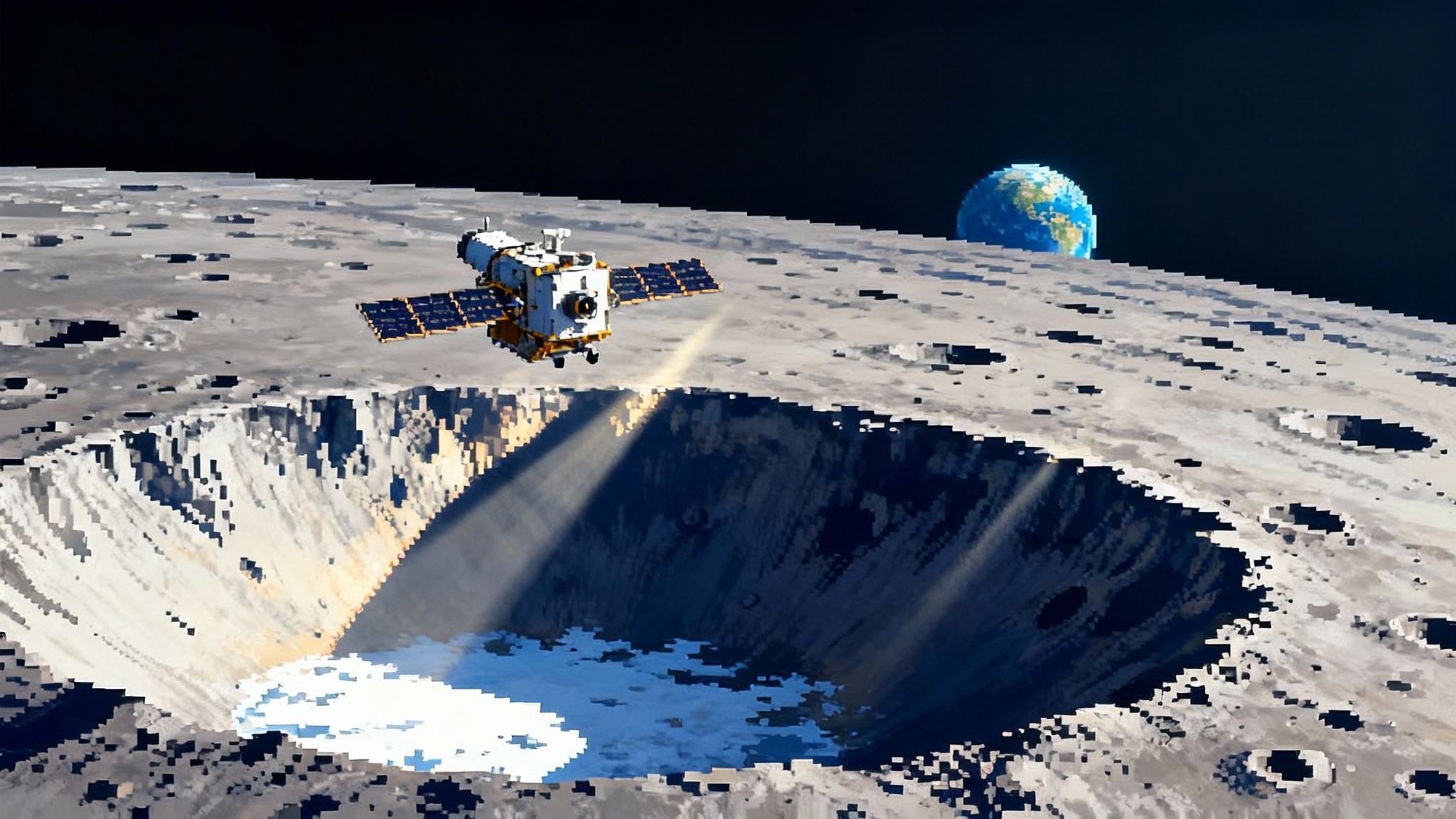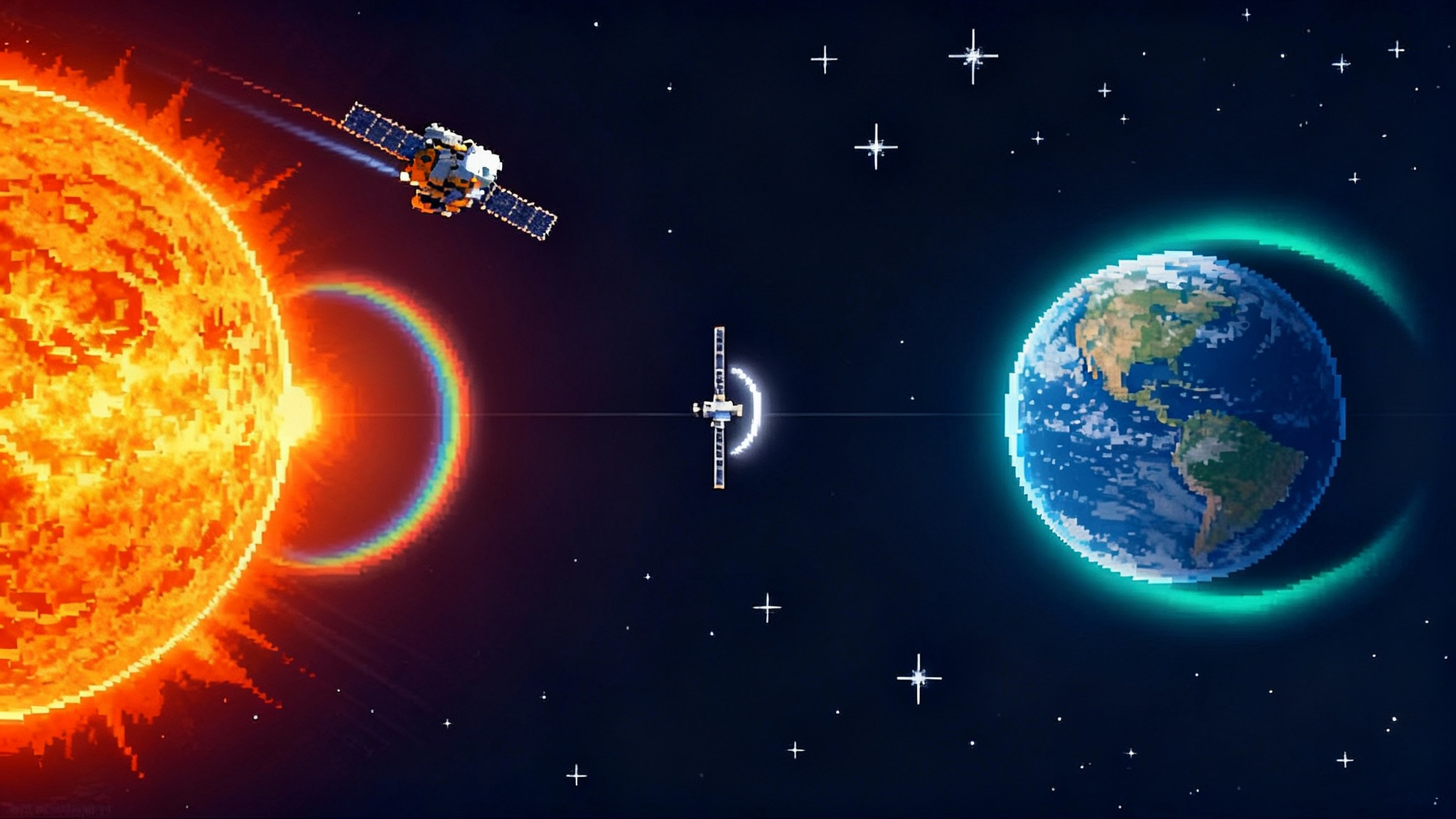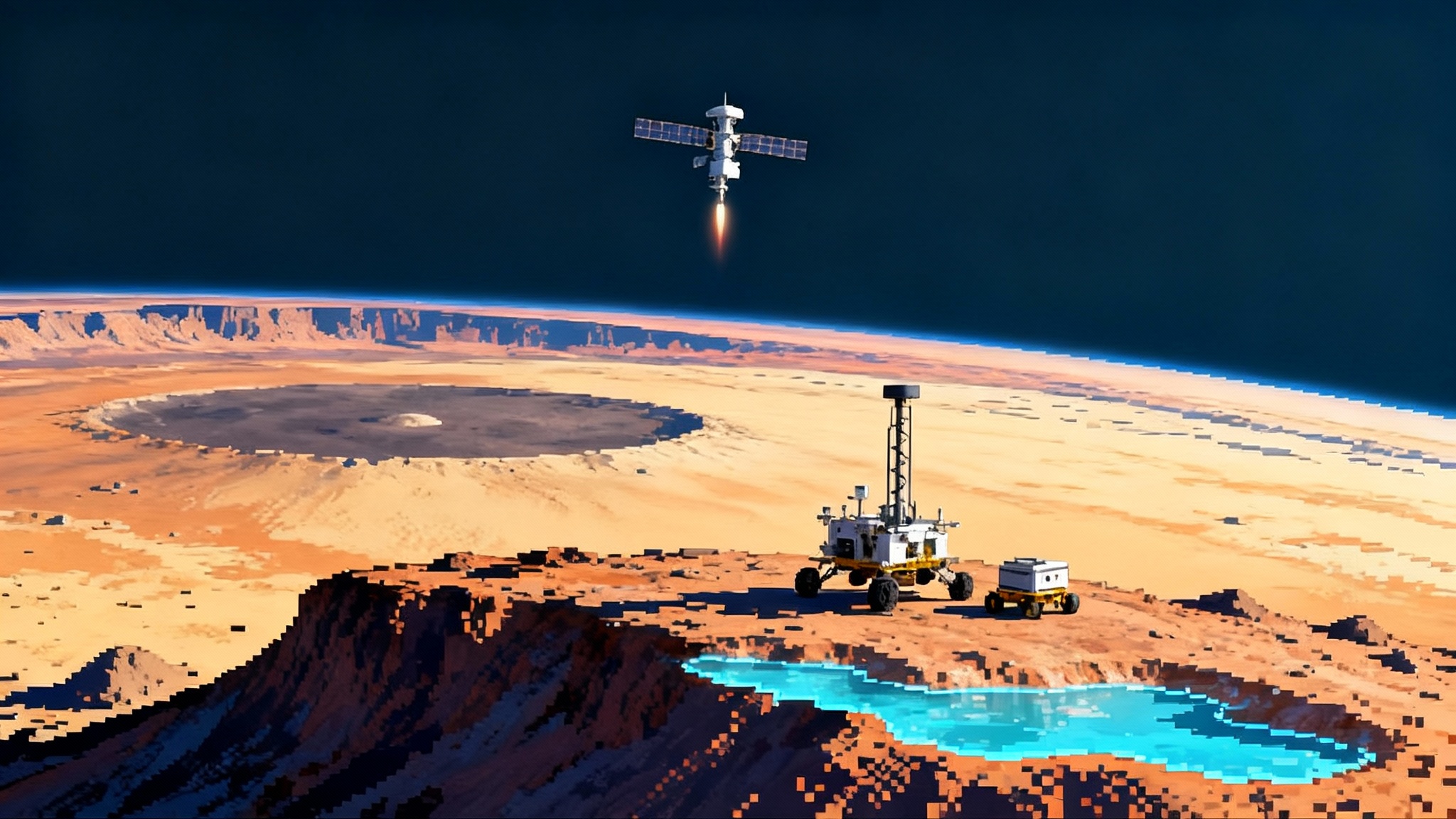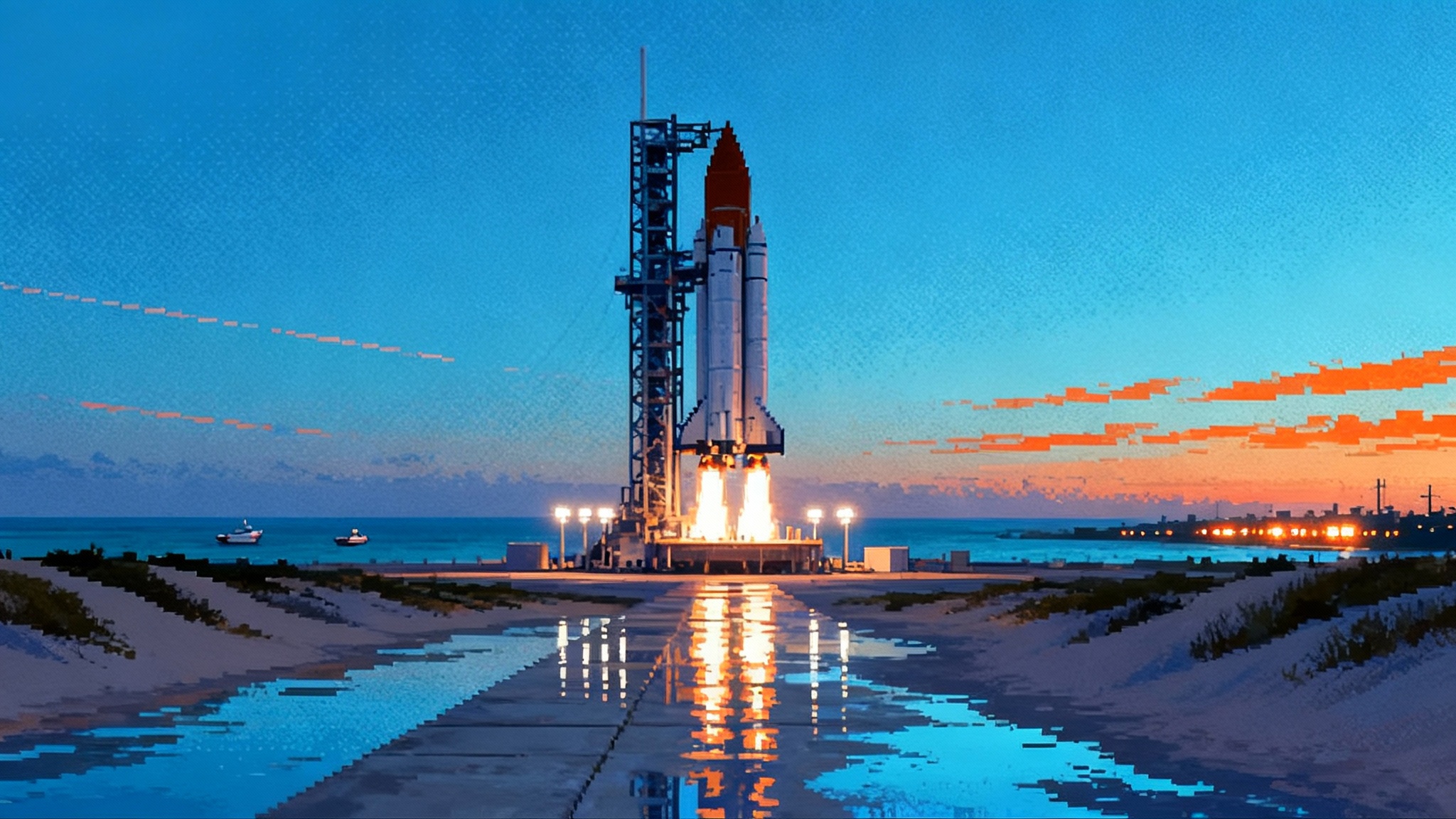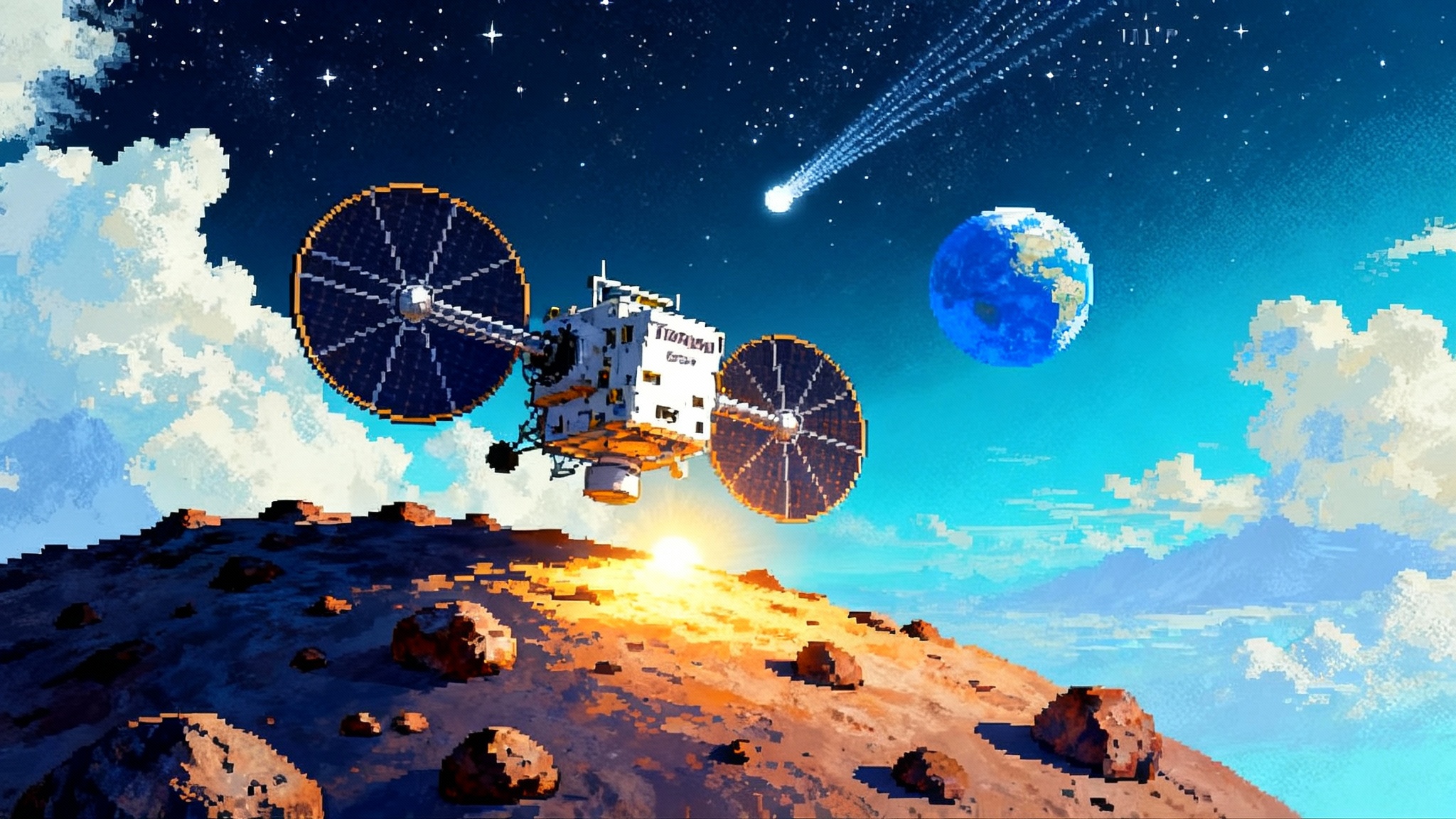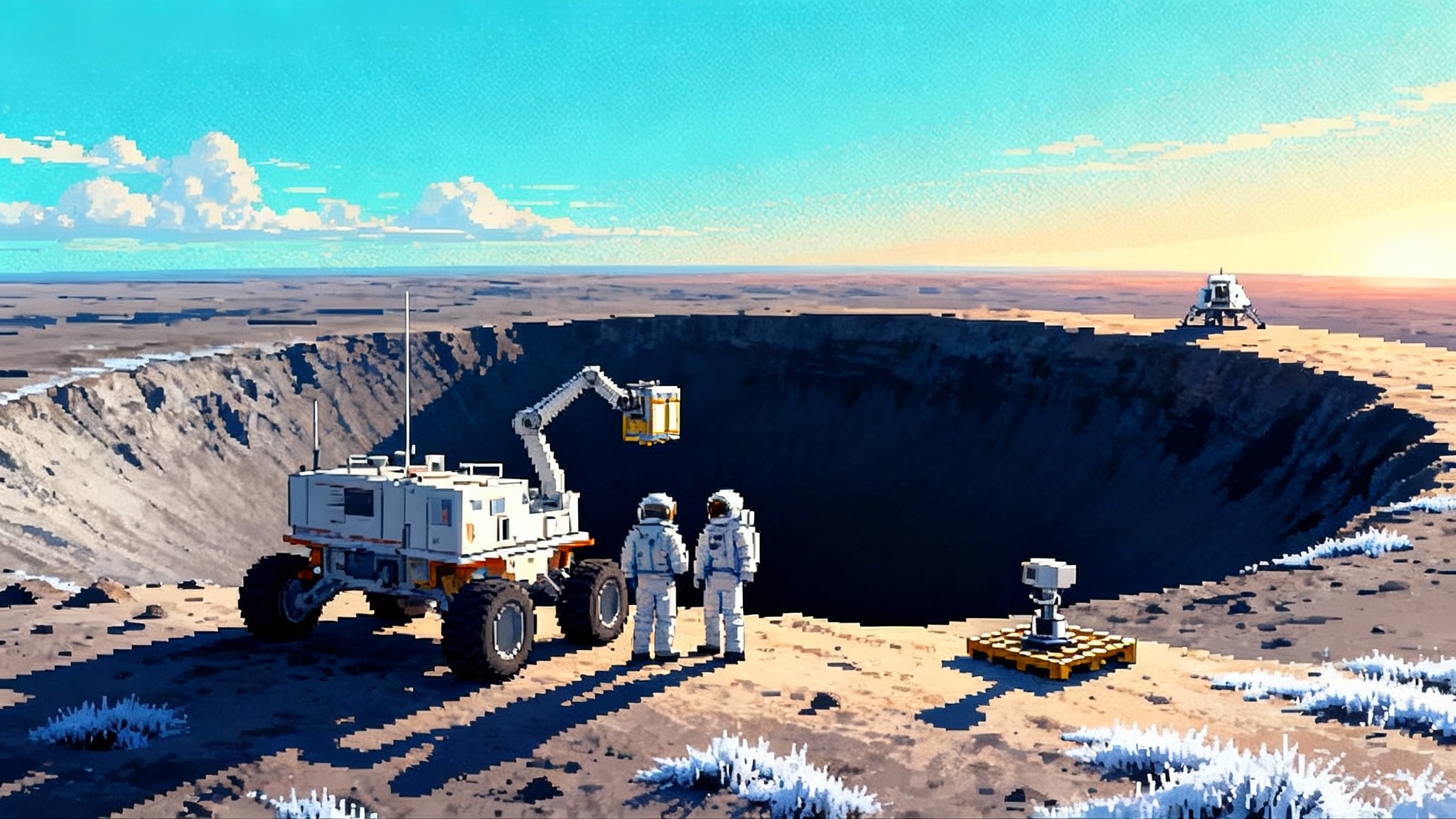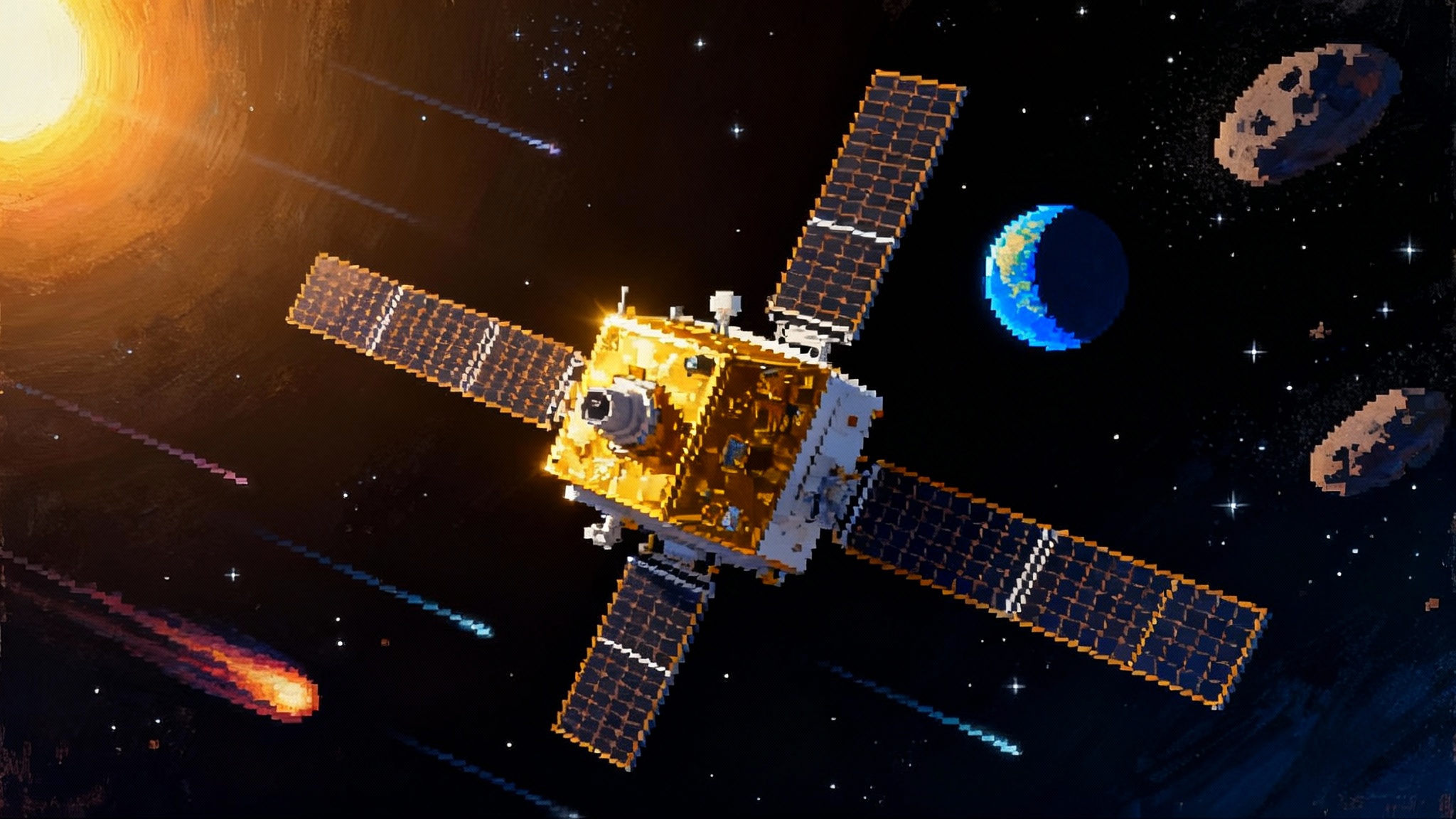Neutron’s Virginia Pad Opens, A Third Reusable Contender
Rocket Lab has lit up Launch Complex 3 at Wallops Island, shifting Neutron from design to operations. If engines and sea recovery perform, the United States could have a third reusable medium-lift workhorse as early as 2026.
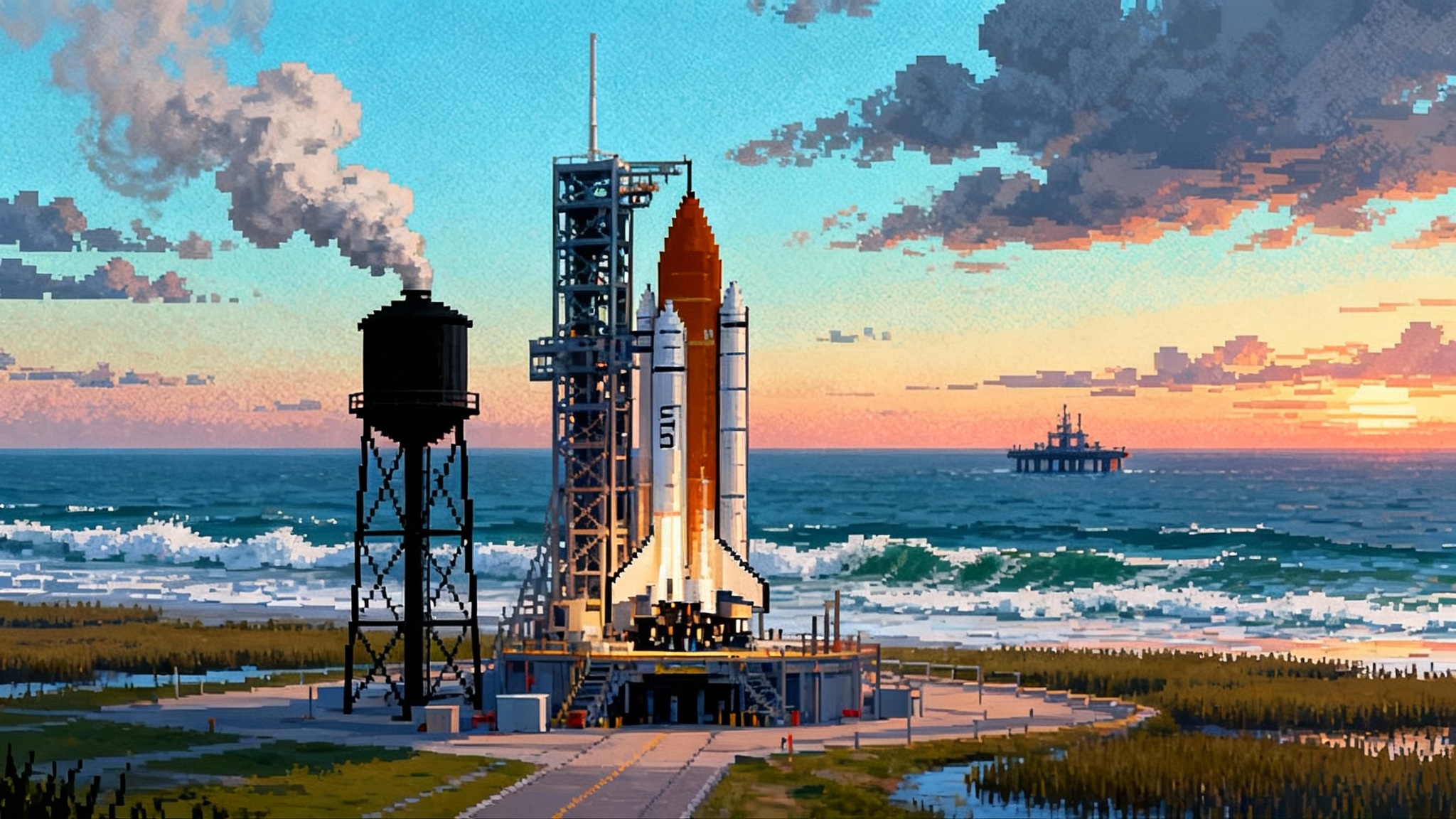
The pad is hot, and a new rival is real
A quiet stretch of Virginia shoreline just got busy. Rocket Lab has opened Launch Complex 3 at Wallops Island, a purpose-built site that integrates testing, launch, and recovery operations for its medium-lift Neutron rocket. The company says the facility was built in under two years and is sized for high-cadence reuse, from a heavy-duty launch mount to large cryogenic farms and a towering water system for sound suppression. In plain terms, the shop floor lights are on, the fuel tanks are in place, and the ignition keys are in the drawer. The Rocket Lab opening announcement puts a firm marker down that Neutron is now transitioning from design to operations.
Why this matters: if Neutron reaches orbit and starts reusing hardware, the United States gains a third credible reusable workhorse in the medium-lift class alongside SpaceX’s Falcon 9 and Blue Origin’s emerging New Glenn. That extra capacity would change constellation schedules, create more resilient launch planning for national security, and put downward pressure on prices through 2026 and 2027.
Reuse by sea, not by stunt
Neutron is designed to bring its first stage and fairing back as one integrated unit. Instead of a midair catch or a bare-tank splashdown, the plan is a controlled, propulsive landing on a sea platform named Return On Investment. Picture a mobile helipad that drives itself into position, holds steady with thrusters, absorbs the blast, and then clamps the stage for the ride home. That choice solves two hard problems at once:
- It keeps landing loads and acoustic shock off the launch site so the next mission can stack while the last mission sails back.
- It preserves performance. Downrange sea landings let the rocket keep more propellant for orbit instead of hauling it back for a return-to-launch-site maneuver.
Rocket Lab has also left the door open for return-to-launch-site landings for lighter missions. The dual-profile approach is a practical lever. Customers who need every kilogram get the sea platform. Customers with margin can choose the simpler, shorter logistics of landing near the pad.
There is nothing magical about landing at sea. It is marine operations, not wizardry. The risks are known and manageable: station-keeping in rough weather, blast shielding for deck systems, thermal protection for wiring and hydraulics, and the choreography of securing a hot stage. SpaceX took years to make this routine. Rocket Lab is copying the parts that worked and designing specifically for sea recovery from day one.
Archimedes is the make-or-break engine
No reusable rocket flies often if the engine is fickle. Neutron’s nine first-stage engines and single vacuum second-stage engine, all called Archimedes, use liquid oxygen and liquid methane in an oxidizer-rich staged combustion cycle. That is the high-efficiency playbook now standard for modern methane engines. The hard parts are the same for everyone: preburner stability, turbopump durability, and keeping oxygen-rich hot gas from eating metal over many flights.
Rocket Lab hot fired Archimedes for the first time in August 2024 and has spent the last year maturing the design at NASA’s Stennis Space Center. The company advertises an operating point that trades a little peak performance for margin and life, aiming for many flights per engine before deep maintenance. If the test data keep trending well, Neutron can lean on shorter refurbishment cycles and tighter turnarounds. If the data force derates or redesigns, cadence and cost slip. It is that simple.
Three engine realities to watch:
- Vacuum engine long burn. Second-stage duty cycles are different beasts. A clean, stable long-duration burn without rough combustion is a key qualifier.
- Ignition reliability in a sea breeze. Deck landings mean restarts in variable conditions. If the ignition system is finicky, recovery rates suffer.
- Component reuse limits. If turbopumps or preburners hit a low-flight limit, the business case moves from reusing engines to replacing them. That shifts maintenance cost sharply.
A fast site build hints at a near-term first flight
The Wallops site went from ground break to ribbon cut in less than two years. Pad systems, propellant farms, and water deluge are in and commissioned. The practical implication is that the remaining path to a first flight is concentrated in vehicle-level milestones rather than civil works. That is exactly the posture you want heading into a debut campaign.
A realistic flight window is shaped by three gating items that typically drive the calendar for a new rocket:
- Full-duration stage testing and engine qualification closing out at Stennis.
- Integrated vehicle testing at Wallops, including a wet dress rehearsal and a multi-engine static fire.
- Range readiness and flight safety analysis for Wallops, which often sets the final pace in the last weeks.
If those threads converge cleanly, a maiden flight window in late 2025 or the first half of 2026 is plausible. If any thread requires redesign or rework, the window becomes second half of 2026. The difference between those paths is usually measured in months, not years, because the key infrastructure is already live.
The national security on-ramp is more than marketing
The U.S. Space Force added Neutron to its Phase 3 Lane 1 roster in March 2025. The contract is a multi-award, compete-when-ready mechanism that lets the government place task orders once a provider has a successful flight and meets mission assurance criteria. In short, an on-ramp is a parking pass, not a guaranteed race entry. Still, it matters. It sets the rules of the game, funds early mission assurance work, and signals to satellite programs that a new provider can be written into launch plans. The Space Force framed the move plainly in its release. Space Force on-ramp notice to expand capacity and resiliency.
If Neutron flies, clears mission assurance reviews, and demonstrates a couple of clean campaigns, it can start winning real government work in 2026 and 2027. That diversifies national security manifest risk away from a single provider and gives schedule officers more room to maneuver when weather, range closures, or stand-downs hit Florida or California.
Reality check: Falcon 9 and New Glenn set the bar
Any new medium-lift contender must be judged against the rockets that already fly.
-
Falcon 9 remains the benchmark for reusable cadence. In 2025, SpaceX has been launching every few days on average, with booster turnarounds measured in weeks and reuse counts that have moved well beyond twenty flights for individual cores. The ecosystem around Falcon 9 is the real moat: pad teams, refurbishment lines, spare engines, fairing recovery crews, and a vast manifest that keeps hardware flowing. Competing with that means competing with a factory as much as a rocket.
-
New Glenn changed the conversation by reaching orbit on its debut in January 2025, even though the booster was lost during reentry. Blue Origin’s program is heavy lift rather than medium, but the reuse principle is similar. The company is now chasing its first successful booster recovery at sea and the long slog to certification for government payloads. For mission context, see our coverage of the New Glenn NG-2 Mars mission. Every successful New Glenn landing raises expectations for Neutron’s sea platform operations. For a parallel in operational maturity, revisit the Starship Flight 11 operations pivot.
Where does that leave Neutron? If Rocket Lab executes, Neutron fills the middle ground between Falcon 9’s mature reuse machine and New Glenn’s heavy class. For constellation operators who do not want to rely on their competitor for launches, or who do not need heavy-lift capacity, a reliable, reusable medium-lifter is exactly the slot they have been waiting for.
What a third reusable workhorse could change by 2027
-
Constellation timelines: A third provider with reuse shortens the critical path for multi-plane deployments. Operators can mix providers by orbital plane or inclination, smoothing out slips from weather or range conflicts. The practical effect is fewer idle satellites on the ground and faster revenue ramp.
-
Launch resiliency: Wallops adds geographic diversity on the East Coast, which matters when Florida weather or range operations stack up. With Neutron staging out of Virginia and recovering at sea, a portion of the manifest avoids the Cape’s bottlenecks entirely.
-
Pricing and terms: More reusable capacity tends to compress base prices and expand menu pricing. Expect sharper discounts for off-peak slots, clearer premiums for end-of-quarter slots, and wider availability of rapid-response options for imaging and defense customers. Even if sticker prices do not fall fast, the real cost to schedule a desired date should decline when three reusable fleets are bidding.
-
Insurance and financing: More launch options can reduce delay risk premiums in satellite financing packages. For early-stage constellations, that improvement can be the difference between raising debt at single-digit rates or being forced into equity.
A concise watchlist for Neutron’s first campaign
Think of this as the three green lights that, together, indicate a near-term maiden flight is credible:
- Static fires: First, a short-duration ignition, then a full-duration multi-engine static fire at Launch Complex 3. Watch for smooth recycles and minimal pad refurbishment afterward.
- Wet dress rehearsal: Full cryogenic load, terminal count to engine start minus a few seconds, then a clean detank and safing sequence. A second wet dress is not bad news if it tightens procedures.
- Recovery trials: Sea platform sea trials and on-deck systems checkouts before first landing. Early tug-and-secure rehearsals with a mass simulator will tell you if the choreography works.
Secondary but telling signals:
- Vacuum Archimedes long-burn qualification at Stennis with stable chamber pressures throughout.
- Range schedule slots opening at Wallops for multi-day windows. That is usually a sign that integrated testing is close.
- Noticeable hiring or internal transfers into Virginia operations and marine recovery roles.
Technical risks to monitor
-
Methane staged-combustion maturity: Oxygen-rich environments are unforgiving. Injector stability, ignition sequencing, and turbomachinery life are the failure modes that end campaigns. If you hear about preburner hot-fire anomalies or repeated igniter swaps, assume schedule pressure is rising.
-
Composite tanks and cryogenics: Carbon composites are light and strong, but permeability and microcracking under thermal cycling can be cruel. Successful cryo proof tests at full pressure and temperature swings are the bar. Any redesign in liner or layup would cause months of ripple effects.
-
Sea landing in real sea states: It is one thing to land in calm seas. It is another to land with swell and gusts. The platform’s station-keeping, blast shielding durability, and the securing system’s tolerance for misalignment will determine early recovery rates.
-
Turnaround inspections: The integrated fairing-plus-stage design should cut ground processing touches. The flip side is that any damage to the aeroshell could ground both the fairing and the core. The inspection plan must be fast, repeatable, and ruthless about go or no-go criteria.
Financing risks to watch without the buzzwords
-
Runway versus revenue: Neutron development, marine platform conversion, and pad activation are capital intensive. Watch quarterly cash burn, customer prepayments tied to milestones, and whether Rocket Lab leans on equity issuance or debt to bridge any slip from late 2025 into 2026.
-
Contract conversion: The Space Force on-ramp is an opportunity, not guaranteed revenue. Pay attention to when Neutron first qualifies for real task orders, then to the size and class of those orders. Small taskers help the learning curve but do not fund a fleet.
-
Backlog quality: A healthy backlog balances commercial constellation work with government missions. If commercial awards are concentrated in one or two customers, a slip on their satellite readiness can idle launch slots and stress margins.
How to read the next six months
If you are a constellation operator or investor, you do not need inside access to see whether Neutron is on track. You only need to track three public signs and one quiet one:
- A full-duration static fire at Wallops with no major rework of the pad.
- A clean wet dress that reaches the final seconds of the count.
- A platform sea trial timeline that matches the first landing attempt.
- Quiet one: how quickly Rocket Lab schedules a second launch window after the maiden flight. A short gap means confidence in reuse and production. A long gap usually means inspections discovered surprises.
The bottom line
Neutron’s pad is open, its engines are maturing, and its recovery play is built around practical sea operations. Falcon 9 remains the standard for reusable cadence. New Glenn has proven it can reach orbit and is now chasing booster reuse. If Neutron threads the needle, the United States will have three active reusable orbital launchers by the middle of this cycle, which will pull constellation timelines forward and force more competitive pricing.
The test campaign now determines everything. If static fires, wet dress, and early recovery trials are uneventful, a first flight in late 2025 or early 2026 is credible. If the engine or the composites demand redesign, shift your expectations by half a year and watch how the balance sheet absorbs the delay. Either way, Launch Complex 3 going live turns Neutron from a concept into a near-term reality. The medium-lift race just added a serious contender, and the next rocket to make sea landings look boring will win more than headlines. It will win schedules.
